What’s Up?
I scouted La Jolla for the second straight morning, the morning of Saturday, January 31. It was my first outing with the new lens. There is good news and bad news. Read on. I met seven of the nine folks on the sold out plus one more San Diego IPT at 7:30pm for a meet and greet and an introductory session. (BAA always reserves the right to go one over the published limit.)
This blog post took about 3 hours to assemble. I thought that I published it at 9:12pm PT, 12:12am ET on Saturday from my hotel room in San Diego, but when I woke up on Sunday morning I saw that it was still an unpublished draft. I am, therefore, publishing it at 4:44am Pacific time, which is 7:44am in the east. I still have many exciting new images, tales, and lessons from my recently concluded Southern Oceans trip to share with you here over the course of the next few weeks and am looking forward to doing just that. Do consider joining me in South Georgia next October for the trip of a lifetime. See here for the complete details.
SAVE $242
Register now for the South Georgia trip and receive a $242 on your return airfare. Please e-mail for details.
Please Remember to use our Affiliate Links 🙂
To show your appreciation for my continuing efforts here, we ask, as always, that you use our the B&H and Amazon affiliate links on the right side of the blog for all of your purchases. B&H is recommended for you major photography gear purchases, Amazon for your household, entertainment, and general purpose stuff. Please check the availability of all photographic accessories in the BIRDS AS ART Online Store, especially the Mongoose M3.6 tripod heads, Gitzo tripods, Wimberley heads and plates, LensCoats and accessories, and the like. We sell only what I have used, have tested, and can depend on. We will not sell you junk. We know what you need to make creating great images easy and fun. And we are always glad to answer your gear questions via e-mail. I just learned that my account was suspended during my absence; it should be up and running by Monday at the latest.
I would of course appreciate your using our B&H affiliate links for all of your major gear, video, and electronic purchases. For the photographic stuff mentioned in the paragraph above we, meaning BAA, would of course greatly appreciate your business. Here is a huge thank you to the many who have been using our links on a regular basis and visiting the BAA Online store as well.
|
This image was created on the morning of January 31, 2015 at La Jolla, CA with the hand held Canon EF 100-400mm f/4.5-5.6L IS USM lens (at 349mm) and the Canon EOS-1D X . ISO 1600. Evaluative metering +1 stop as framed: 1/500 sec. at f/5.6. Rig on the Black Rapid RS-7 Strap. Four AF points to the left of the central AF point (manual selection)/AI Servo Rear Focus AF as framed was active at the moment of exposure (as is almost always best when hand holding). Click here to see the latest version of the Rear Focus Tutorial. Click on the image to see a larger version. Image #1: Brown Pelican preening |
The Plan
As I exited my vehicle I decided to keep things simple: grab the new Canon EF 100-400mm f/4.5-5.6L IS USM lens and do the whole morning with that and the 1D X . I brought the tripod topped with the Mongoose M3.6 but after the first few images things brightened up and I went hand held for the rest of the session.
On the good news front I had forgotten that you can screw off the lens foot with the Wimberley P-20 lens plate attached to save a few ounces when hand-holding the 100-400 II. As I never use the foot as a brace when hand holding as as some folks do–it always seems to get in my way–that is a nice plus for me.
|
This image was created on the morning of January 31, 2015 at La Jolla, CA with the hand held Canon EF 100-400mm f/4.5-5.6L IS USM lens (at 400mm) and the Canon EOS-1D X . ISO 800. Evaluative metering +1 stop as framed: 1/640 sec. at f/8. Rig on the Black Rapid RS-7 Strap. Two rows above and one AF point to the left of the central AF point/AI Servo/Surround Shutter button AF as framed was active at the moment of exposure (as is almost always best when hand holding). Click on the image to see a larger version. Image #2: Brown Pelican/breeding plumage/tight vertical head portrait |
Why the 1D X?
On my first scouting morning I made nearly every image with the 70-200mm f/2.8L IS II and the 7D Mark II. I had no problem filling the frame with that set-up so I knew that I would be more than fine with the 100-400 II and the 1D X. Judging by the image above, I was very correct. 🙂
Note the beautiful color and the sharpness, a tribute to the lens, the 1D X, and my processing skills. 🙂
|
This image was created on the morning of January 31, 2015 at La Jolla, CA with the hand held Canon EF 100-400mm f/4.5-5.6L IS USM lens (at 400mm) and the Canon EOS-1D X . ISO 1600. Evaluative metering +3 stops off the very light blue water: 1/500 sec. at f/5.6. Rig on the Black Rapid RS-7 Strap. Central AF point (manual selection)/AI Servo/Shutter button AF as originally framed was squarely on the bird’s neck and was of course active at the moment of exposure. Click on the image to see a larger version. Image #3: Non-breeding Brandt’s Cormorant landing |
1/500th Second for Flight?
Many excellent flight photographers recommend a minimum shutter speed of 1/1600 sec. Going back to the days of film, I have always–when I focus accurately–been able to create sharp-on-the eye images at 1/500 sec and in so called “lousy” light I would much rather work at 1/500 sec. at ISO 1600 than at 1/1600 sec. at ISO 5000 (if my math is correct)…. In other words, with most flying birds 1/500 sec. is fast enough to prevent motion blur on the head and to create a sharp eye. 1/1600 sec is great when you have the light to work with.
Here, I love having the blurred wing tips to go along with the sharp eye.
|
This image was created on the morning of January 31, 2015 at La Jolla, CA with the hand held Canon EF 100-400mm f/4.5-5.6L IS USM lens (at 400mm) and the Canon EOS-1D X . ISO 1600. Evaluative metering +2 stops off the very light blue water: 1/640 sec. at f/5.0. Rig on the Black Rapid RS-7 Strap. Central AF point (manual selection)/AI Servo/Shutter button AF as originally framed was squarely on the bird’s neck and was of course active at the moment of exposure. Click on the image to see a larger version. Image #4: Brown Pelican incoming flight |
Lousy Light Exposure Question
Why +3 stops off the light blue water for the Brandt’s Cormorant image but only +2 stops off the same light blue water for the Brown Pelican flight image?
The Very Good
My new 100-400 II is exceedingly sharp. Contrast and color are just what I expect from Canon L glass. Except as noted below, the lens handles beautifully and balances perfectly with the 1D X as it will with the 7D II with the 7D Mark II and the Canon BG-E16 Battery Grip for the 7D Mark II.
The Ugly
I always cautioned folks purchasing the original 100-400 to check the smoothness of the push/pull zooming first thing out of the box. I advised that they set the loosey/tighty ring to smooth and turn point the lens toward the ground. Ideally, the lens would extend (zoom out) slowly due to gravity. I never thought that that might be a problem with a twist zoom design. I was wrong. I noticed right off the bat that the zoom was on the tight side. I did not even realize that there was a smooth/tight ring on the 100-400 II and I thought that my left wrist pain might have been clouding my evaluation. When I mentioned it to Patrick Sparkman who had joined me for the morning he suggest that I check the smooth/tight ring. That was a surprise. When I turned the ring all the way to loose I felt that the zoom was still much too tight. I had Patrick try it and he agreed. We compared it to the ease of zooming his Canon EF 70-300mm f/4-5.6 IS USM lens. No contest. The zoom on my brand new lens is way too tight. I will continue to use it until I finish up here on February 8. I would much rather get a new lens than have the present one repaired….
If you own a 100-400 II please leave a comment and let me know how you find the ease of zooming. Bad left wrist or not, one shouldn’t have to struggle to zoom in or out.
|
San Diego rocks! |
San Diego Natural History Museum Program & The Birds of the World Exhibit
On Saturday morning, February 7, 2015 I will be presenting “A Bird Photographer’s Story” at the San Diego Natural History Museum to kick off the Birds of the World photographic exhibit that will feature the images of about a dozen of the world’s top avian photographers. This program,which is being generously sponsored by the Canon Explorers of Light program, will be free and open to the public. I am proud to say that both Denise Ippolito and I will have images hanging in the show. The exhibit opening is scheduled for later that same day, February 7, 2015. (Times TBA).
Friday Morning Add-on In-the-Field Photo Session: February 6, 2015: $299.
Open to all.
This workshop includes 3 hours of in-the-field pelican photography instruction and brunch with image review and Photoshop instruction.
|
Images courtesy of and copyright Captain James Shadle (aka Froggie). All of the images here were created at Alafia Banks. Card creation and design by Arthur Morris/BIRDS AS ART. |
The Hooptie Deux/Roseate Spoonbills and More Instructional Photo-Tour via pontoon boat. 4 1/2 DAYs: $3200. SUN FEB 22 thru lunch on THUR FEB 26, 2015/Strict Limit: 6 photographers/Openings: 1.
Due to a cancellation we now have a single opening on this trip which sold out minutes after being announced.
Meet and greet on the evening of SAT 21 FEB. Two great leaders: Captain James Shadle (Nikon) and Canon Explorer of Light Emeritus Arthur Morris.
Roseate Spoonbill is one of if not the most sought after avian photographic subjects in Florida. They are generally hard to find and somewhat difficult to approach. They are relatively easy to find at Alafia Banks—heck, you can’t miss seeing them, but even there they can on some days be somewhat difficult to approach. On some days we may be able to get ridiculously close to them. The huge incentive to get out to Alafia Banks in mid-February is the chance to photograph this species at the height of its spectacular breeding plumage….
Weather permitting there will be nine boat trips: 5 mornings and 4 afternoons! Mornings to Alafia Banks for spoonbills and Brown Pelicans (with lots of flight photography with the birds likely carrying nesting material), cormorants, ibises (both Glossy and White in breeding plumage. Many of the White Ibises will be sporting their spectacular, distended, red, naked (un-feathered) throat pouches—typically larger in the females. In addition we will get to photograph egrets including Great and Reddish, both in full breeding plumage, shorebirds, and more. There will be lots of flight photography opportunities. Afternoon trips either to Alafia Banks for spoonbills and more or to a more sheltered inland rookery location for a variety of nesting birds. In the event of horrific weather artie will either take the group to Fort DeSoto or will conduct an image review/Photoshop session. This IPT includes five lunches that will be followed by small group image sharing and review and some over-the-shoulder Photoshop instruction.
Important Notes
We stay in Brandon, FL for this IPT. From our hotel there it is is only about 20 minutes to the dock. The plan is for all nine sessions to be by boat. For the Alafia Banks segments, Captain Shadle provides light weight chest waders as much of the photograph will be done while we are standing in fairly shallow water behind our tripods. We help you get in and out of the boat with your gear. This is likely not the best trip for folks with balance problems. Note however that some folks may opt to stay on the boat. They usually have lots of chances for flight photography of spoonbills and other species but are almost always pretty far away from the spoonbills that land.
I recently saw a similar trip advertised two months too late for breeding plumage spoonbills (and two months too late for most of the rest of the species in breeding plumage). 5 Days: $3200. With only four boat trips…. The Hooptie IPT represents an incredible opportunity and with 3 slots filled already the remaining three spots should fill very quickly. We hope that you can join us. Scroll down for registration info.
|
All of the images here were created at Alafia Banks in the month of February. Images copyright Arthur Morris/BIRDS AS ART. Card creation and design by Arthur Morris/BIRDS AS ART. |
Hooptie IPT Registration Info
A $449 non-refundable deposit is required to hold your slot for this IPT. Your balance, payable only by check, will be due on 11/22/2014. If you cancel and the trip fills, we will be glad to apply a credit applicable to a future IPT for the full amount less a $100 processing fee. If we do not receive your check for the balance on or before the due date we will try to fill your spot from the waiting list. If your spot is filled, you will lose your deposit. If not, you can secure your spot by paying your balance.
Please print, complete, and sign the form that is linked to here and shoot it to us along with your deposit check (made out to “Arthur Morris.”) You can also leave your deposit with a credit card by calling the office at 863-692-0906. If you register by phone, please print, complete and sign the form as noted above and either mail it to us or e-mail the scan. If you have any questions, please feel free to contact me via e-mail.
Be sure to like and follow BAA on Facebook by clicking on the logo link upper right. Tanks a stack!
Support the BAA Blog. Support the BAA Bulletins: Shop B&H here!
We want and need to keep providing you with the latest free information, photography and Photoshop lessons, and all manner of related information. Show your appreciation by making your purchases immediately after clicking on any of our B&H or Amazon Affiliate links in this blog post. Remember, B&H ain’t just photography!
Amazon.com
Those who prefer to support BAA by shopping with Amazon may use this link:
Amazon Canada
Many kind folks from north of the border, eh, have e-mailed stating that they would love to help us out by using one of our affiliate links but that living in Canada and doing so presents numerous problems. Now, they can help us out by using our Amazon Canada affiliate link by starting their searches by clicking here. Many thanks to those who have written.
Typos
In all blog posts and Bulletins, feel free to e-mail or to leave a comment regarding any typos or errors. Just be right :).

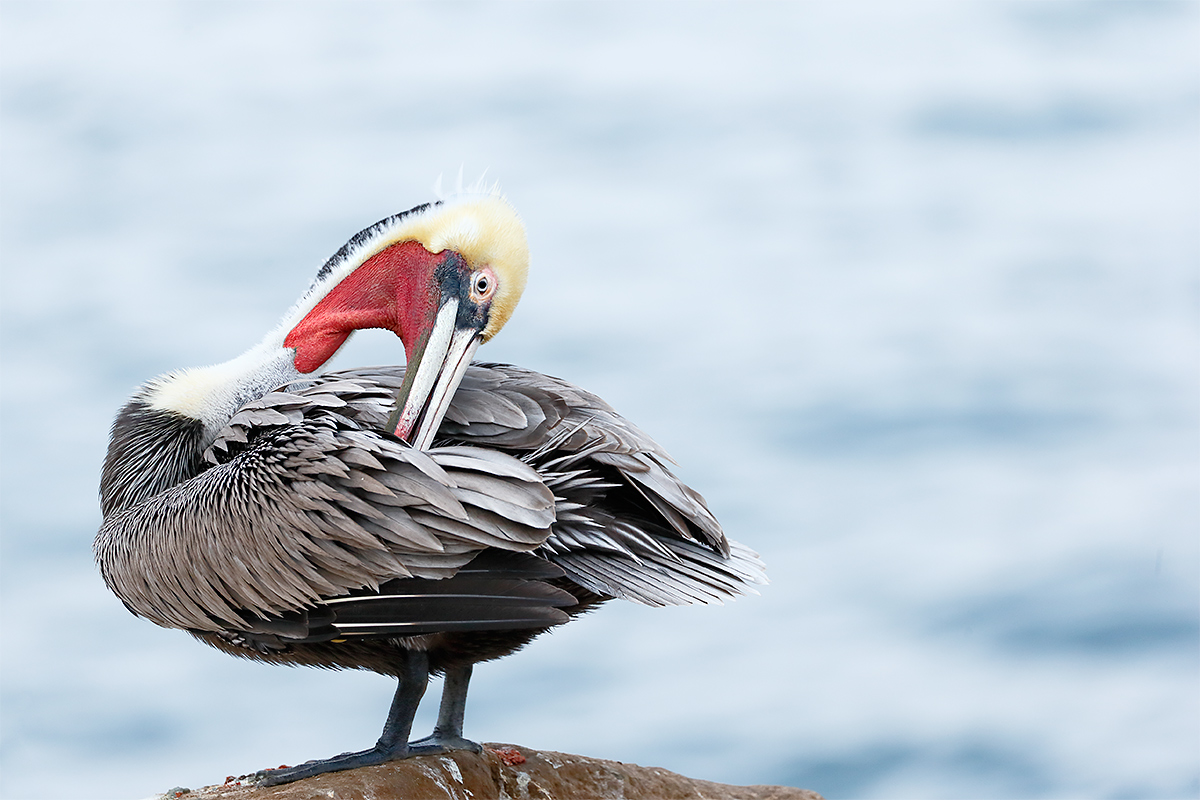
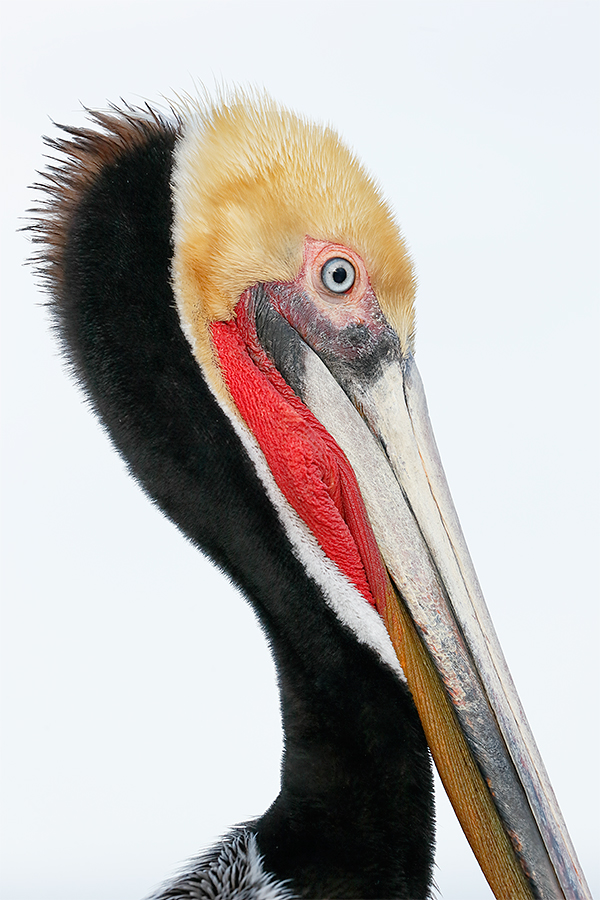
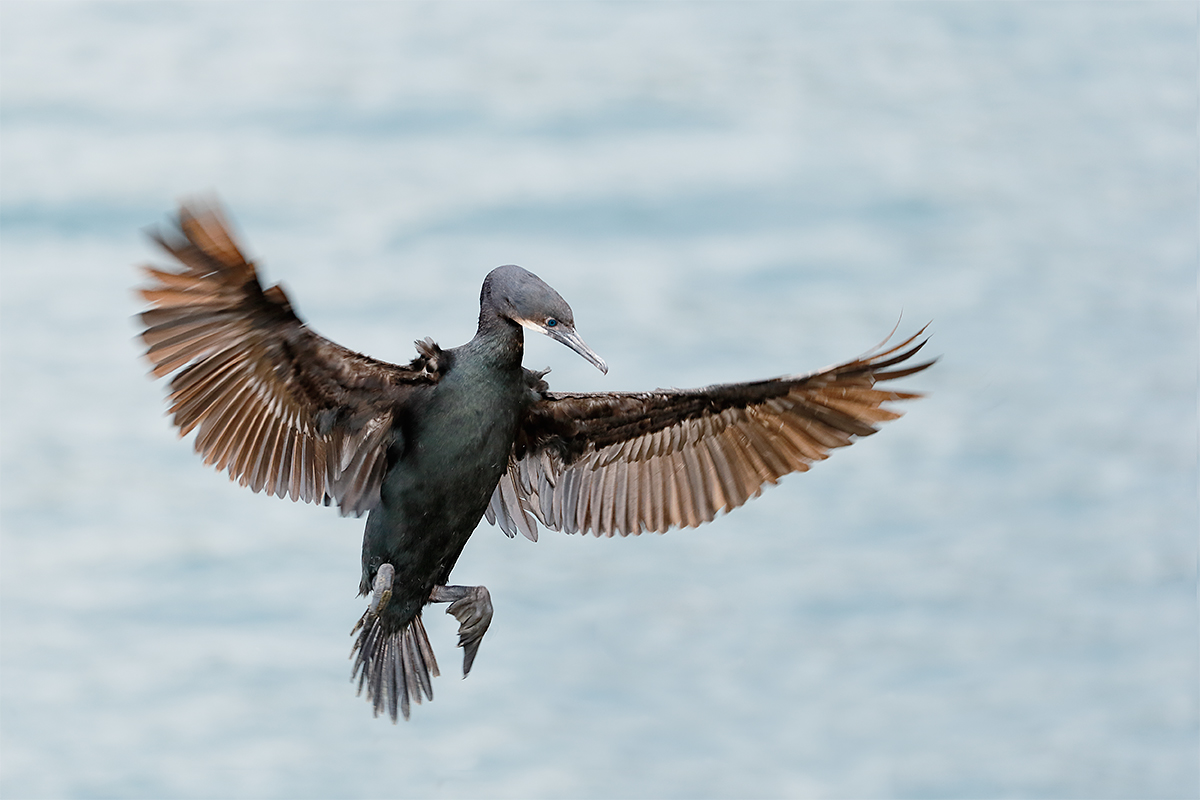
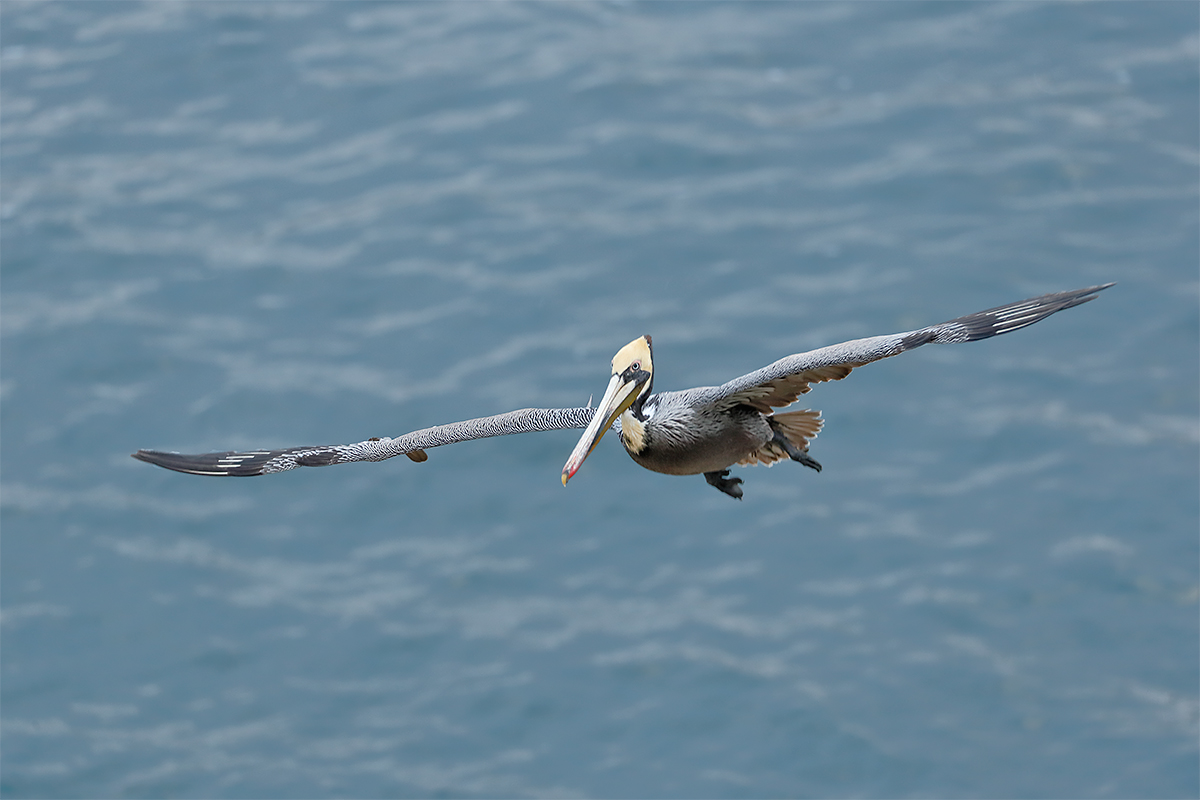

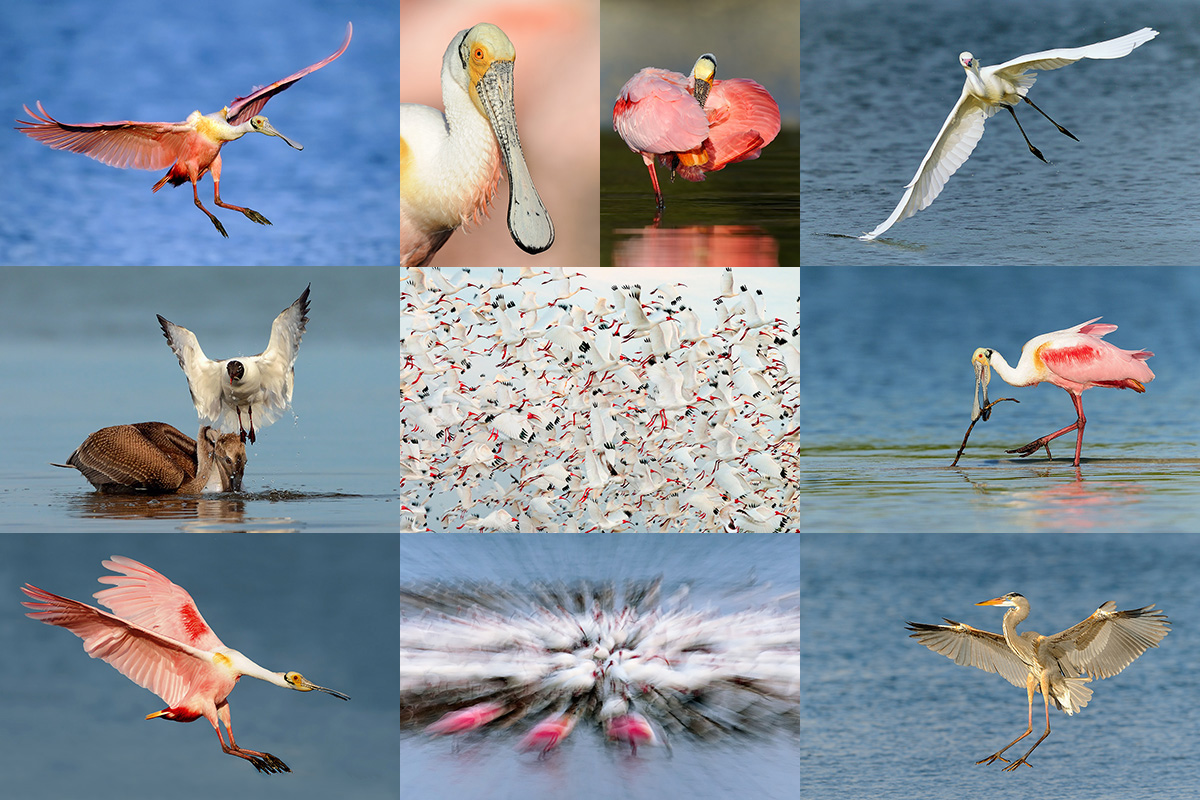
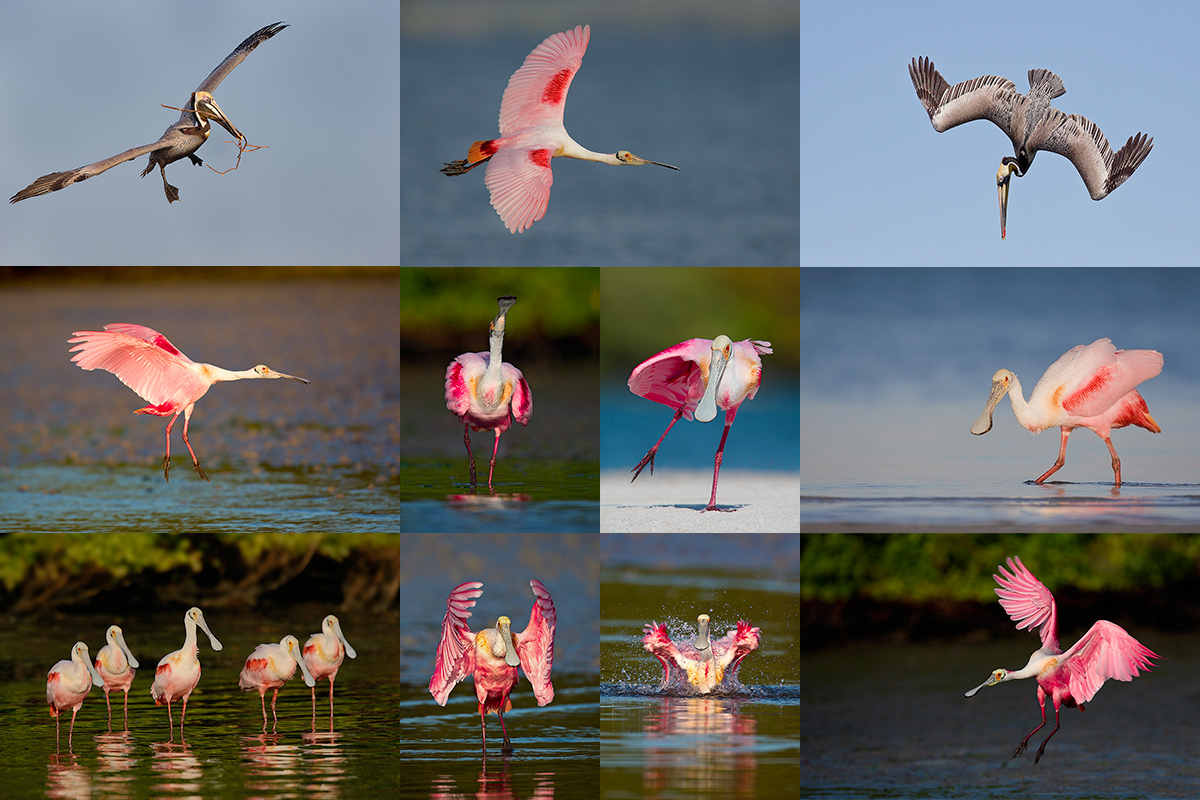













Just got my new 100-400 V2 – Love it so far, but I haven’t tested it extensively yet. The zoom ring works perfectly so far – not too loose or tight.
Did you add the quick release lens plate or the replacement foot for attachment to a tripod? I use RRS plates most of the time.
Thanks for your wonderful information!
Hi Fain,
YAW. I have seen the Really Wrong Stuff plate/foot for the 100-400II. It makes zero sense to me: it is much too large, serves no purpose, and destroys functionality of the lens as you need an Allen wrench to remove it for hand holding. When I use the lens on a tripod–that only rarely, I use the much simpler, smaller, and more efficient Wimberley P-20 plate.
While I am on the topic of RWS, I must say that their famed ball heads, with so many tiny knobs so close together, are impossible for me to use. And their component tripod system are way too large and heavy not to mention ridiculously expensive.
Are you using your 100-400 II on Mongoose? It is by far the best tripod head for that lens. artie
ps: since I took off the easily removable foot on Day 2my 100-400II had not been once on a tripod….
The only problem I’ve have noticed with the 100 to 400 is in cold weather it tends to tighten up. After working it a few times the problem goes away.
I have a question concerning the focus speed and focus accuracy: do you have noticed any significant improvement with the 100-400 II, with respect to the older version? In particular, have you tested it with the extender 1.4x?
Thank you.
Many of us including me did just fine with the old version as far as AF. This one seems a bit better but that is a subjective opinion…. Surely sharper overall. 100-400II/1.4X III TC images coming in a few days at most. a
Thank you for the answer.
I was considering an upgrade of the 100-400 but, as far as I have seen, the most noticeable improvements of the 100-400 II concern the minimum focus distance, and the more efficient stabilizer. The sharpness is fine, for me, with the previous 100-400, and if the af speed is similar, with the 100-400 II, then I can probably avoid the upgrade, at least for the moment.
Matteo and Artie: I never owned the version 1 of the 100-400 but I used a couple of them and shot with a 400 f/5.6L alongside a friend who was using a 100-400 version I. I never was able to get as sharp images with the version 1 as I saw from some others and as I routinely got with the 400 f/6.8L, and my friend was missing shots with his 100-400 because of slow AF that I had no trouble getting with the 400 f/5.6L I find that in my hands and especially on the 7D Mark II, the new 100-400 autofocuses very fast indeed and is every bit as sharp as my 400 f/5.6L. I know you, Artie, are a wizard at getting superb images out of almost any lens, but if Matteo is more like me, then maybe he will very impressed with the sharpness and fast AF of the new lens, as I have been. And yes,the IS is amazing and the MFD is a delight compared with the 400 f/5.6L (the 100-400 version 1 wasn’t so bad).
Hey Art,
The zoom ring on my new 100-400 is just fine. Easily adjusts, and holds firm when it’s set not to move.
Bob
Hi Artie,
Just back from two weeks using the 100-400 II in Peru and Ecuador in all sort of conditions. The lens performed flawlessly very sharp zoom worked smoothly without effort. Thanks for the heads up on it’s original pre-release and for all the information you disseminate in your emails and blog!
Tom
Thanks Tom. And YAW. artie
My 100-400 V2 when held lens down with adjustment ring full loose will creep very slowly from 100-200mm then stop. A slight shake only moves it a few mm more. Just a very slight twist to the right on the ring will stop this, and the zoom is fully smooth and easy to rack back and forth.
Canon Repair Center is no longer in Irvine, they moved to a huge new building in Costa Mesa not too far away. This new Factory repair center is the first in a new “Canon Experience Museum” and from a write-up I’ve read, is very worth visiting.
You may be able to get an adjustment on the lens while you wait, should you care to visit during mid-day downtime.
Ahh…didn’t know they moved. They were very helpful to me when I was out there a few years ago and needed my 7D repaired; it was done same day.
Hi Artie,
My new 100-400 is “loose as a goose”. I might even keep a little tension on it, so it doesn’t extend by itself when walking.
Mike
No problems with my 100-400II. I just checked and it is no tighter (in the loose position) than my 24-105….
WHEN WILL THE guide to CANON 7d MARK II be ready for purchase?
Hi Artie
I tested my brand new 100>400 MkII yesterday afternoon and found the same thing a very tight zoom ring,
I collected it Friday and (I’m an elderly sports shooter) thought that it was down to my age or small hands but after an hour shooting at a rugby match my left wrist was aching as it is still now. I have ordered a focus puller to see if that will do the job.
Cheers
Gordon
Hi, Artie. Wonderful images as ever. I am quite happy with the zoom on my new 100-400. I keep it about in the middle of the tight-loose range. No creep either. I did have the 70-200 f/2.8L IS II creep on me once, freom 200 to about 135. I must have inadvertently twisted it. There also is a Canon service center in Costa Mesa. For what it’s worth, I haven’t seen anyone mention your problem with the lens in many comments on DPReview.
I own the 100-400 II and also believe that the zoom is much too tight.
Thanks Ned. It seems that we are in the minority. Hope that you are feeling better. artie
I would be interested to know whether you think the new 100-400 has any significant advantage over the 70-200f2.8II with the 2x teleconverter. Obviously, you can add a teleconverters to the 100-400 but at such a high loss of light it seems like a dubious advantage.
Forgot to mention; Canon has a service center not too far from SD in Irvine (maybe 90 minutes?); maybe they could adjust that zoom ring for you while you’re there.
+1 on David Arkin’s comments: any more light would have blown the highlights on the pelican’s head and top of beak. The cormorant is a darker bird and needs the extra stop to get all of that great shadow detail.
Thanks for the invite. Just for interest, did I get the correct answer on exposure?
David ( an Erasmus 1961 graduate)
Yes on the exposure. a
Welcome to San Diego.
You knew that on your Canon system you would need +3 to expose the very dark Cormorant as compared to light water. If you used the same +3 on the Pelican the dark bottom of Pelican would have been exposed properly but you have blown out all the whites on the bird. You sacrificed some detail in the shadows to preserve the whites. Did you have any blinkers on the white of the Pelican at all?
Enjoy your stay in our city. The Wood Ducks are just fabulous this year at Santee.
David
Thanks David. No blinkies on the pelican. We are headed out to Santee in a very few minutes. You should join us on Friday morning 🙂 a